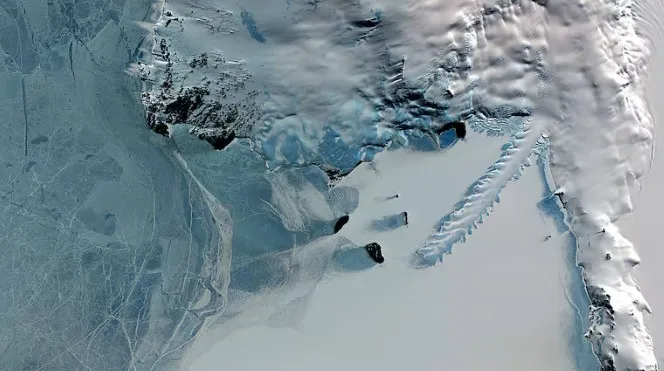
A recent discovery has renewed interest in the phenomenon, suggesting that ice contains mysterious giant viruses. This news will play an important role in easing the meltdown.
By: week
How is this possible? These giant viruses coexist with pigmented algae that grow on the surface of Greenland's glaciers and ice sheets. These algae darken the ice, reduce its ability to reflect sunlight, and accelerate melting. According to researchers at Aarhus University, led by Laura Perini, a postdoctoral fellow in the Deep Purple project, these giant viruses infect algae, restricting their proliferation and therefore slowing the melting of the ice.
The discovery, published in the journal Microbiome, marks the first time viruses of this scale have been found in Arctic ice and glaciers, although they have already been detected in marine and terrestrial environments and even in humans. The discovery reveals a more complex Arctic ecosystem than previously thought, hosting not only viruses but also protists interacting with bacteria, fungi and algae.
How big are they? Although invisible to the human eye, these viruses are giants in their size: they can reach 2.5 micrometers (2,500 nanometers), 125 times larger than a common virus and larger than most bacteria. Its genome is also huge, approximately 2.5 million base pairs.
Click to read more Here.





:quality(85)/cloudfront-us-east-1.images.arcpublishing.com/infobae/KTKFKR763RBZ5BDQZJ36S5QUHM.jpg)